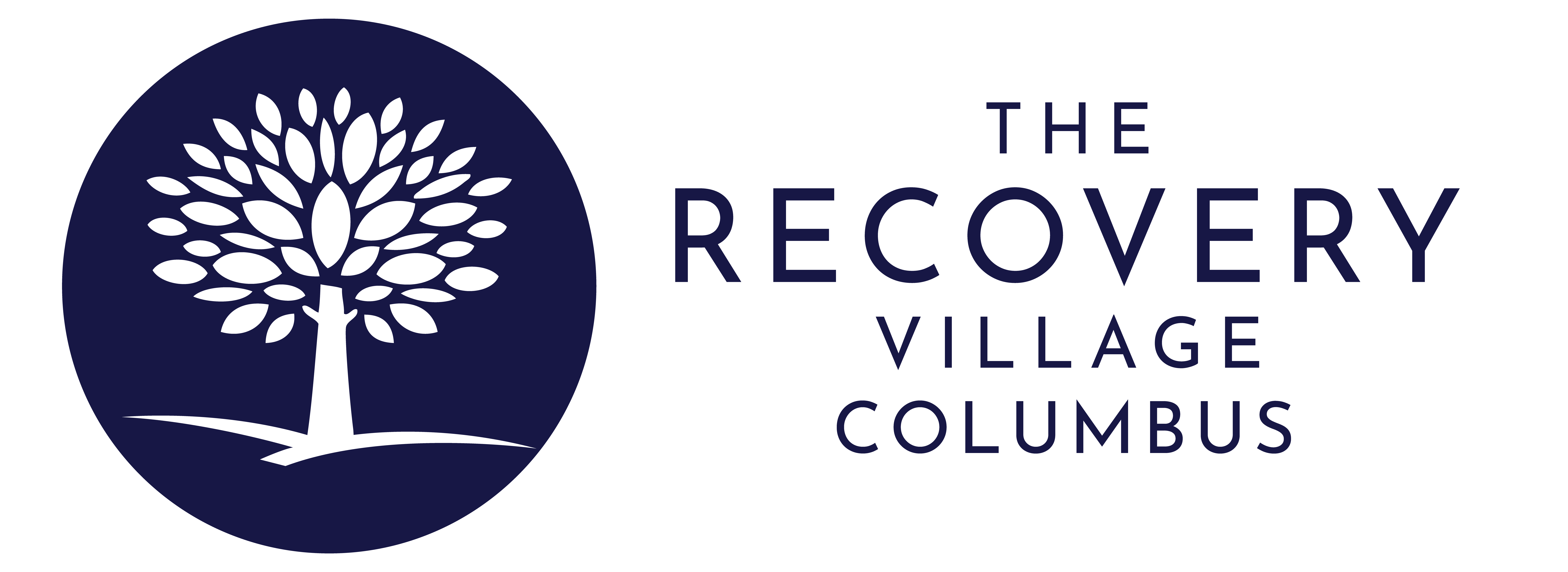10 Common Myths About Alcoholism

By The Recovery Village Columbus
Last Updated: April 25, 2023
Debunking ten common myths about alcoholism can help those struggling with alcohol use disorder know when it’s time to seek treatment.
When someone has problems related to alcohol consumption, they are often said to have alcoholism. The proper clinical term for alcohol addiction is an alcohol use disorder, but regardless of the term used, there are plenty of myths surrounding alcohol abuse. Ten of these myths are described in detail and debunked below.
1. Quitting alcohol only requires willpower.
Sometimes people think overcoming alcohol addiction is just a matter of willpower, but this isn’t the case. When a person develops an alcohol addiction, they can become physically dependent on the substance, meaning the body doesn’t function the same without it. If a person is dependent on alcohol, they will experience uncomfortable withdrawal symptoms, such as nausea, sweating and tremors when not drinking.
In some cases, alcohol withdrawal can lead to serious and potentially fatal complications, such as seizures or delirium tremens. People often must complete a medical detox program to keep them safe as they manage withdrawal symptoms.
2. People who struggle with alcoholism can’t hold down a job.
Another common misconception is that people who struggle with alcohol addiction cannot maintain a job. In reality, people who have an alcohol use disorder may be able to hide their addiction and continue to function quite well at work.
According to a report from the Substance Abuse and Mental Health Services Administration (SAMHSA), most adults with an addiction work full-time, indicating that many people with an alcohol use disorder maintain a job.
Researchers have even divided alcoholism into five subtypes, one being the functional subtype. In this group, 62% are employed full-time. Even people who have a strong family history of alcohol addiction are likely to have a job, with 68% in this subtype working full-time.
3. Alcoholism isn’t as serious as other forms of addiction.
Since alcohol is legal for consumption among those aged 21 and older, people may believe that alcohol addiction isn’t that serious. The truth is that alcohol addiction can come with serious consequences. In fact, excessive alcohol consumption is linked to the following physical and mental health problems:
- Heart problems, including cardiomyopathy and irregular heartbeat
- High blood pressure
- Increased risk of stroke
- Higher likelihood of developing different types of cancer, including cancer of the mouth and throat, larynx, esophagus, colon, rectum, liver and breast
- Higher risk of unintended pregnancies and sexually transmitted infections
- Increased risk of injuries and violence
- Problems with learning and memory
- Mental health problems like depression and anxiety
4. Addiction treatment is only effective if the person dealing with alcohol use disorder wants to be helped.
People may believe a person must enter treatment voluntarily to be effective, but this isn’t always true. In reality, brain changes that occur with excessive drinking can impair judgment and make a person resist seeking treatment. Family members may need to stage an intervention to convince a person to get help.
Fortunately, involuntary treatment can be effective. One recent study with veterans admitted to inpatient treatment for alcohol addiction found no difference in sobriety rates after treatment when comparing voluntarily to involuntarily admitted patients.
5. Only certain types of alcohol are addictive.
One common myth about alcohol addiction is that only certain types, like hard liquor, are addictive. Consuming any kind of alcohol in excess can lead to addiction. This includes beer, wine, liquor and spirits.
While all types of alcohol can be addictive, the serving sizes can differ based on the type. For instance, one serving of beer is 12 ounces, with 5% alcohol by volume. Compare this to a serving of spirits, which is 1.5 ounces and contains 40% alcohol by volume.
6. Alcoholism means drinking all day, every day.
An alcohol use disorder can manifest in multiple ways, and a person does not always drink all day, every day. There are 11 criteria for an alcohol use disorder; if a person meets just two criteria, they can be diagnosed with a mild disorder.
For instance, if a person has begun to give up other activities in favor of alcohol use or drinks in dangerous situations, such as driving while under the influence, they can be diagnosed with an alcohol use disorder.
Meeting two or more criteria without drinking around the clock is possible. Among the different subtypes of alcoholism, functional alcoholics drink an average of 181 days per year, the equivalent of every other day. Chronic, severe alcoholics drink, on average, 247.5 days per year, which is also less than daily.
7. People who can “hold their liquor” are less at risk for alcoholism.
Sometimes there is a misconception that someone who can “hold their liquor” and doesn’t show signs of being intoxicated after drinking is at a lower risk for alcohol addiction. If someone can consume large amounts of alcohol without showing signs of impairment, they have probably developed a high tolerance for alcohol. This can actually be a warning sign of an alcohol use disorder.
8. Alcoholism isn’t a real disease; it’s a character flaw.
Throughout history, alcohol abuse has been viewed as a character flaw or moral failing. Under this belief system, people with problems related to alcohol are said to be at fault for their problems because they have done the wrong thing. In reality, an alcohol use disorder is a legitimate medical condition, with evidence-based treatment options available to help people recover.
9. Anyone who drinks heavily can become addicted to alcohol.
Another one of the misconceptions about alcohol is that everyone who drinks heavily will become addicted. According to data from the National Institute on Alcohol Abuse and Alcoholism (NIAAA), 21.5% of people aged 12 and older binge drink within a given month. While binge drinking can increase the risk of developing an alcohol use disorder, many people binge drink and do not become addicted.
Other risk factors beyond binge drinking increase the likelihood of developing an alcohol use disorder, including:
- Genetics
- Family history
- Mental health disorders
- Having your first drink before age 15
10. Alcohol treatment programs are ineffective since so many people in recovery relapse.
Relapse does not mean that treatment has failed. As with any health condition, relapse is sometimes a part of the recovery process for an alcohol use disorder. A relapse suggests that a person needs to return to treatment or adjust their approach to treatment.
For example, if a person relapses after a period of sobriety, they may need to return to support group meetings, or if they are already attending meetings, add counseling to their treatment plan. Since recovery is a lifelong process, it’s important for people to stay connected to sources of support to help them maintain their abstinence.
If you or someone you love is looking for alcohol addiction treatment, The Recovery Village Columbus offers a full range of treatment options, including medical detox, inpatient treatment, partial hospitalization programming and outpatient care. We also provide the FORTITUDE program, a specialty track for veterans and first responders. Contact us today to learn more or begin the admissions process.
Sources
- National Institute on Alcohol Abuse and Alcoholism. “Understanding Alcohol Use Disorder.” April 2021. Accessed March 24, 2023.
- Bayard, Max; McIntyre, Jonah; Hill, Keith; Woodside, Jack. “Alcohol Withdrawal Syndrome.” American Family Physician, March 15, 2004. Accessed March 24, 2023.
- Substance Abuse and Mental Health Services Administration. “10.8 Million Full-Time Workers Have a Substance Use Disorder.” August 7, 2014. Accessed March 24, 2023.
- Moss, Howard; Chen, Chiung; Yi, Hsiao-ye. “Subtypes of Alcohol Dependence in a Nationally Representative Sample.” Drug and Alcohol Dependence, 2007. Accessed March 24, 2023.
- Centers for Disease Control and Prevention. “Excessive Alcohol Use.” July 11, 2022. Accessed March 24, 2023.
- Boit, Hellen; Palmer, Glen; Olson, Stephen. “A Comparison Between the Involuntary and Voluntary Treatment of Patients With Alcohol Use Disorder in a Residential Rehabilitation Treatment Program.” Journal of Addictions Nursing, 2019. Accessed March 24, 2023.
- Centers for Disease Control and Prevention. “Dietary Guidelines for Alcohol.” April 19, 2022. Accessed March 24, 2023.
- National Institute on Alcohol Abuse and Alcoholism. “Prevalence of Lifetime Drinking.” 2023. Accessed March 24, 2023.

Questions?
Our Recovery Advocates are ready to answer your questions about addiction treatment and help you start your recovery.
